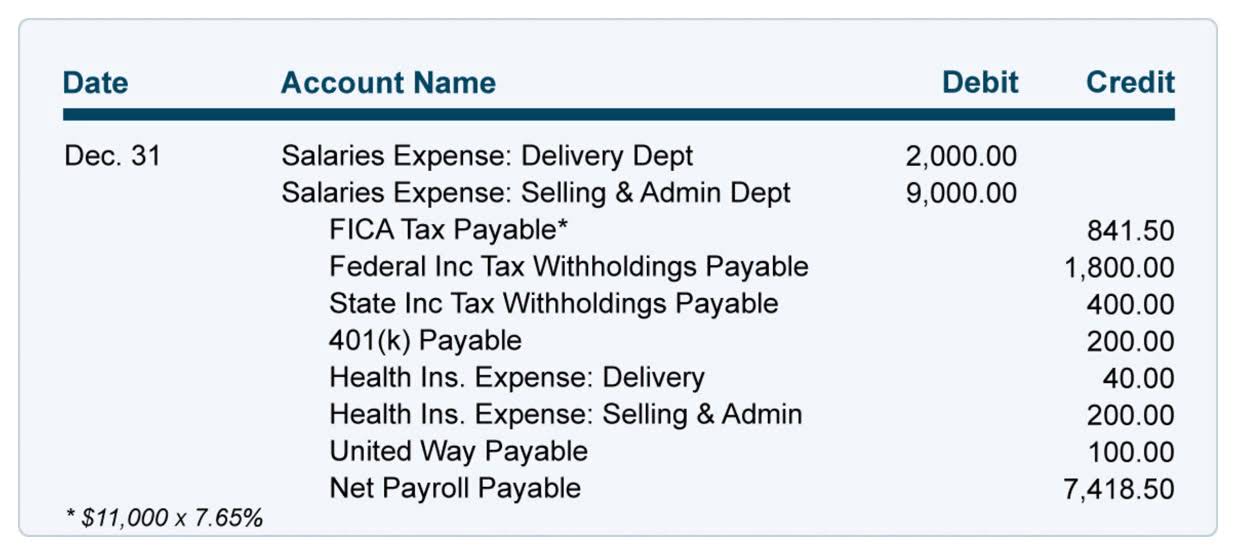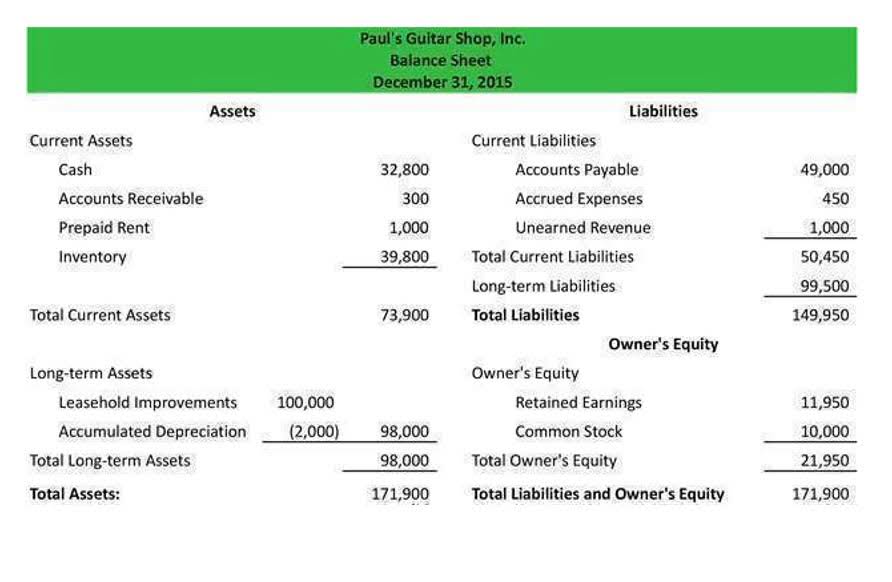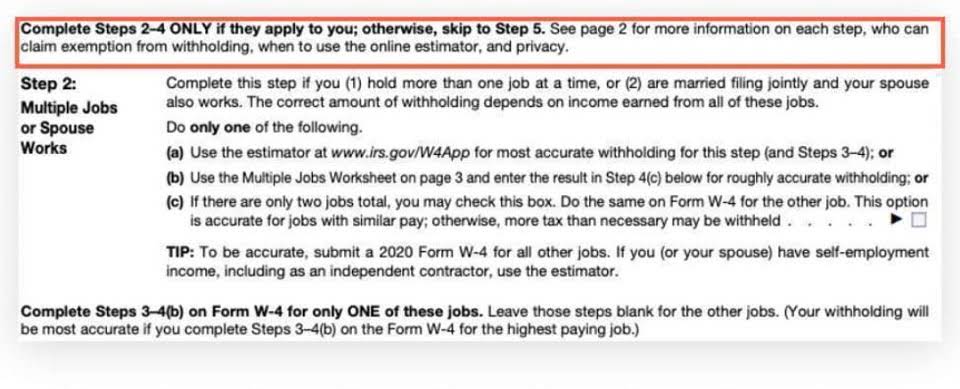- May 13, 2020
- Bookkeeping
- Comments : 0
3 Key Differences Between Government and Nonprofit Accounting

It also aids in strategic decision-making by highlighting areas where efficiency improvements are possible. By employing transparent and consistent allocation methods, nonprofits can demonstrate accountability and stewardship of resources to stakeholders. QuickBooks by Intuit is a popular tax and accounting software program for all types of businesses.

Part of Term
- Effective internal controls are essential for governmental entities to safeguard assets, ensure accurate financial reporting, and promote operational efficiency.
- Governmental funds are utilized by public sector entities to manage and report on financial resources allocated for specific governmental functions.
- This module outlines the steps involved in preparing the government-wide Statement of Net Position and the government-wide Statement of Activities from trial balances and supporting documentation.
- Governmental and nonprofit accounting are essential for ensuring transparency, accountability, and effective resource management in public sector entities.
- Spreading awareness is the only way to make an impact in any large measure so share what you know about these financial statements with others.
We will also refine our understanding of accounting for governmental and nonprofit organizations the five Categories of Fund Balance and practice classifying transactions into the five Categories of Fund Balance. Lastly, we will cover key concepts related to reconcile the Balance Sheet of Governmental Funds to the Statement of Net Position. Tammy R. Waymire, PhD, CPA, is the MTSU Accounting Advisory Board Outstanding Professor of Accounting at the Jennings A. Jones College of Business at Middle Tennessee State University in Murfreesboro, TN. She teaches undergraduate and graduate governmental and nonprofit accounting courses and intermediate accounting. She received her bachelor’s degree from Arkansas Tech University, her MBA from Harding University, and her PhD from the University of Arkansas. She received a Bachelor of Arts degree in English Literature with a Concentration in Accounting from the University of Cincinnati.

Government and Nonprofit Accounting: Concepts and Practices
- Once adopted, organizations monitor actual financial performance against budgeted figures, identifying variances and implementing corrective measures.
- Analyzing financial statements in governmental and nonprofit contexts involves understanding how resources are allocated toward fulfilling mission-driven goals.
- This includes documenting all transactions, receipts, and disbursements related to the grant.
- Once a budget is approved, ongoing monitoring and reporting track financial performance against the plan.
- The platform includes tools to streamline fund, grant, and project accounting and the ability to get real-time insight into spending, cash flow, and other key metrics.
- Software solutions like Blackbaud Financial Edge NXT and Sage Intacct handle the complexities of fund accounting, offering features that automate reporting and compliance tasks.
- Federal grant accounting requires strict adherence to compliance and regulations set forth by government agencies.
NPO financial statements are easily interpreted by individuals who are familiar with for-profit financial statements. There are, however, a retained earnings few significant differences between nonprofit and for-profit accounting. Regardless of the size of an NPO, it is advisable to have access to a financial advisor who is familiar with NPO accounting principles; advisors may be volunteers, staff, financial advisor or accountant. When it comes to generally accepted accounting principles for nonprofits, it is the norm for organizations to use the accrual basis of accounting for revenue recognition. We will also learn how to account for transactions for fiduciary funds and practice creating the fiduciary funds’ required financial statements.
Decision-Making in Nonprofits
This includes maintaining comprehensive records of financial transactions and activities related to each grant or contract. Specialized accounting software is often used to track expenses and generate required financial reports. Periodic audits verify compliance and identify Car Dealership Accounting discrepancies or potential areas for improvement, helping nonprofits maintain the trust of funding partners and secure continued financial support.

Latest Resources & News

The net position, reflecting the difference between assets and liabilities, is a crucial indicator of fiscal health. Governments utilize various budgeting approaches, such as line-item budgeting, performance budgeting, and zero-based budgeting. Line-item budgeting emphasizes control over specific expenditures, making it easier to track compliance with appropriations.

